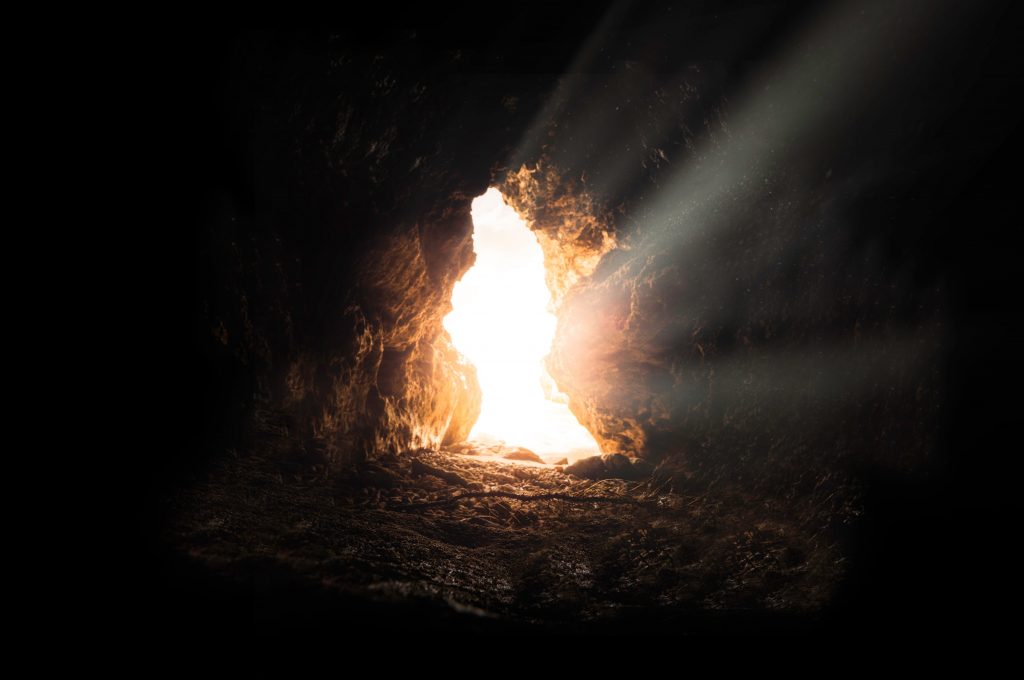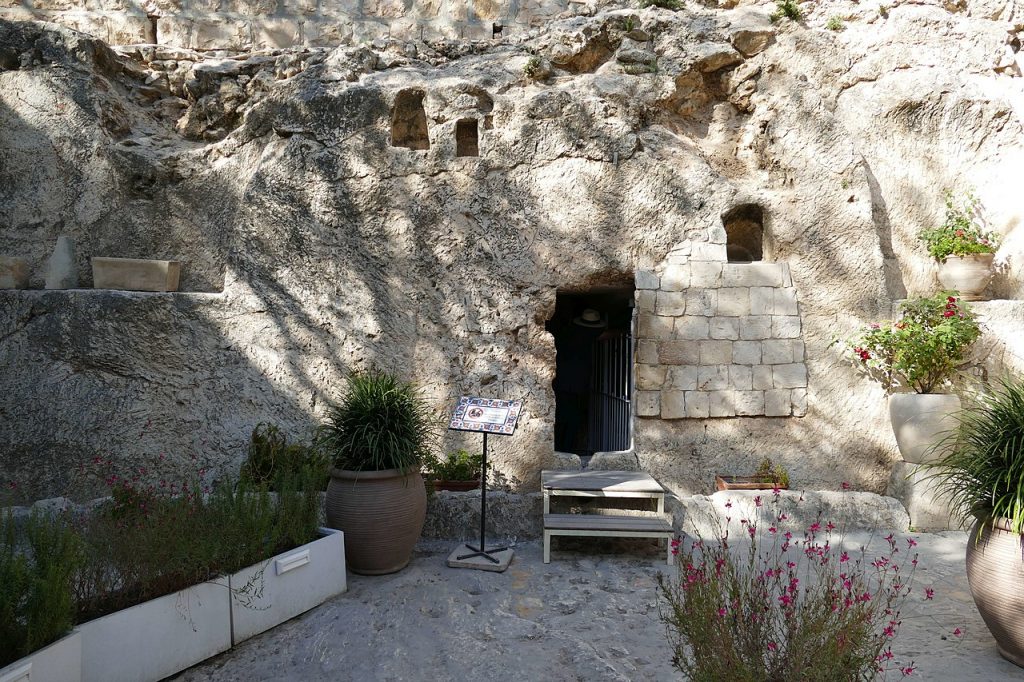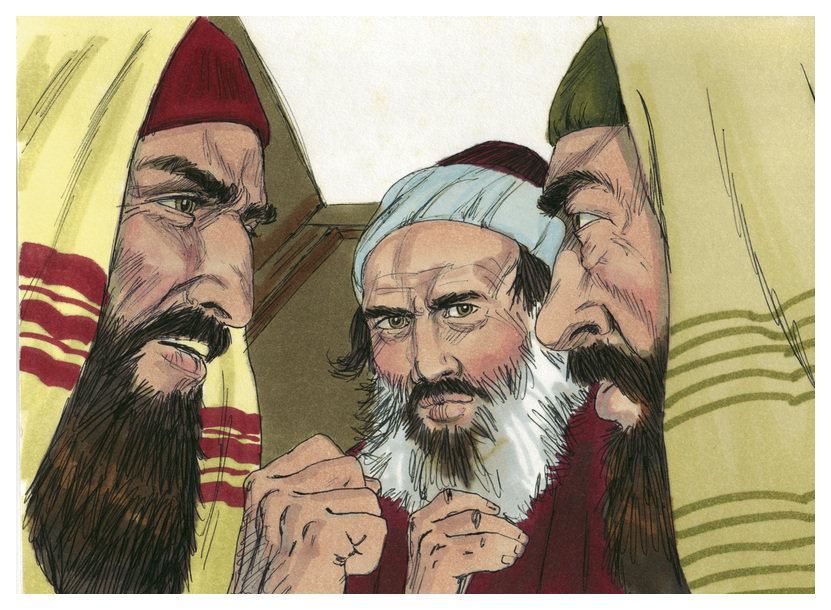Raising Lazarus
Learn about the historical context for this story about Jesus. Learn about Roman and Jewish customs of the time period that come into play in this story.

What did people think about resurrection?
Judaism during Jesus' time wasn't unified, but had several different sects that had some pretty fundamental differences of interpretation about their religion. There was a debate in the Jewish community at the time of whether there was resurrection from the dead or not. This is referred to in the book of Acts: “For the Sadducees say that there is no resurrection, nor angel, nor spirit, but the Pharisees acknowledge them all” (Acts 23:8 ESV). The Sadducees and Pharisees were two different sects of Judaism. The Sadducees didn't believe there was an afterlife at all, whereas the Pharisees believed there was an immortal soul.
Josephus, a historian from the ancient world, wrote the following about the belief of the Pharisees: “The Pharisees say that all souls are incorruptible, but that the souls of good men only are removed into other bodies, but that the souls of bad men are subject to eternal punishment” (Josephus, The Jewish Wars, Book 2, 163).
When Martha says about Lazarus: “...I know that he will rise again in the resurrection on the last day” (John 11:24 ESV), she may be referring to her own Jewish beliefs or to her own understanding of something Jesus taught her on a previous visit (see John 6:39). However, Jesus, ever the teacher, seems to want Martha to understand his nature further, and tells her: “...I am the resurrection and the life. Whoever believes in me, though he die, yet shall he live, and everyone who lives and believes in me shall never die. Do you believe this?” (John 11:25-26).

Burial Practices
During this time, burial in caves was common, where the dead body would be wrapped and laid on one of possibly several shelves inside the tomb. If there was a previous body already there that had been reduced to bones, the bones were reclaimed by the family or moved aside. This is why the Gospels make special note that the tomb Jesus was buried in had not had anyone buried in it previously.
Mourning was a common Jewish practice after the death of a loved one. The period could go as long as seven days. It seems from the gospel of John that it was common practice for the mourners to receive visitors during that time.

Bukvoed, CC BY 4.0 <https://creativecommons.org/licenses/by/4.0>, via Wikimedia Commons
Sanhedrin
Sanhedrin is a general word used for a council in the Roman time period. In this gospel, the council spoken of is the Jewish council in Jerusalem. The Sanhedrin was recognized by the Roman state, and they were entrusted with making certain legal decisions and wielded some political influence. Their exact level of power probably rose and fell over the years depending on political circumstances, so it's hard to say their exact relationship to the Roman State.
The Jewish High Priest was the head of the Sanhedrin, making him not only an important religious figure, but also, a political one.

By Distant Shores Media/Sweet Publishing, CC BY-SA 3.0, https://commons.wikimedia.org/w/index.php?curid=18888577
The Silk Road and Nard
The Silk Road is the famous trade route that traded goods from East to West. The Han dynasty in China opened up the silk roads in 130 BCE. These trade routes traded expensive goods from all along the trade line. But there were also shorter trade routes opening up at this time as well.
Nard, which Mary used to anoint Jesus, would have been an expensive good to buy since it came all the way from Himalayans around India. It's an herb that grows in the high areas in the Himalayans and is very aromatic. The herb was used to make good smelling ointment, which was kept in an alabaster jar. Think about how far it had to come by trading caravans. It shows how far people were trading already by this time period.

Rama, Public domain, via Wikimedia Commons